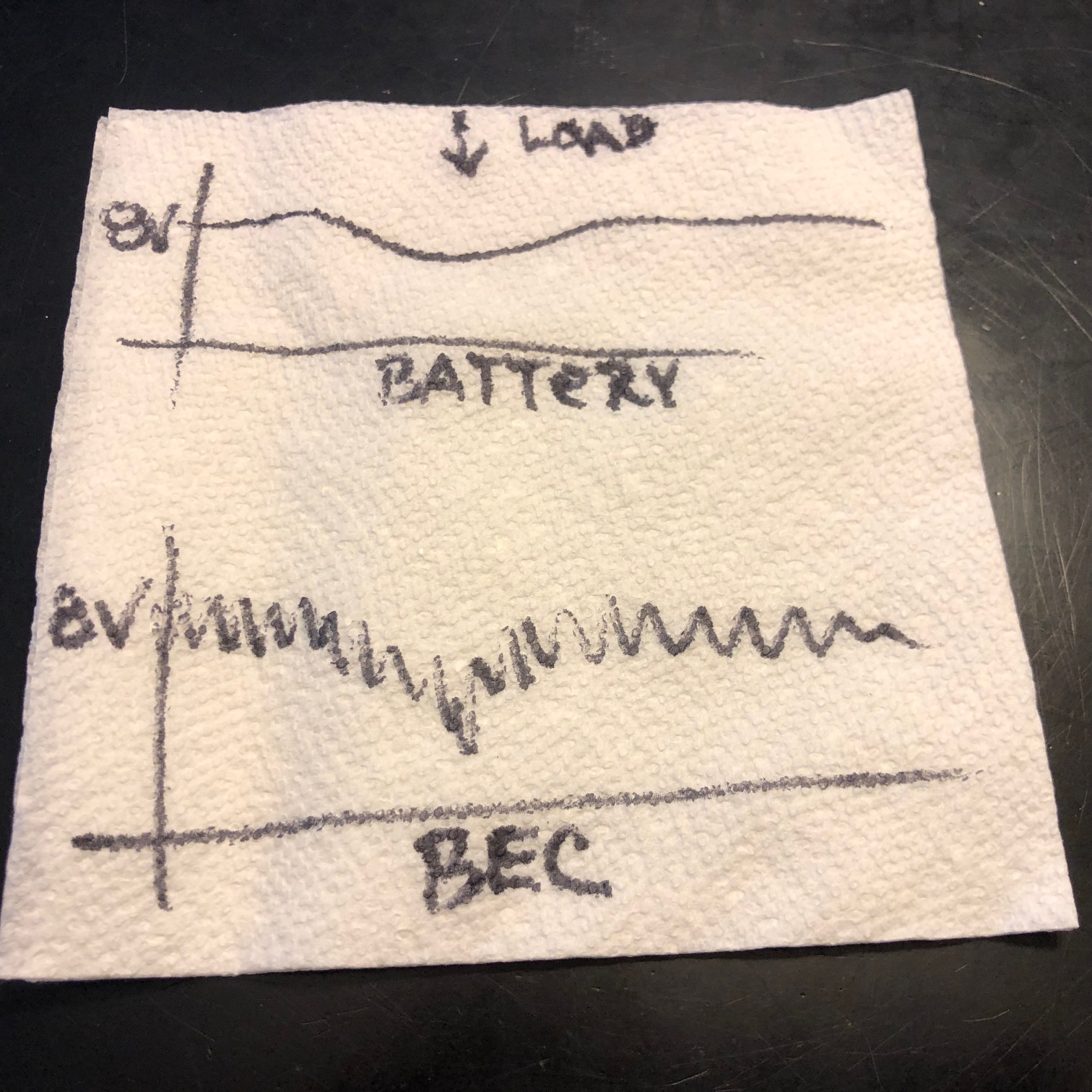Combines a steering-horn rated to 3000oz-in, plus one HVE-rated for throttle.
Best servo horn steer/throttle solution made - ideal for the biggest and baddest hydros.
Included are:
- PDRS25-25T Ultraduty-25 servo horn (3000oz-in)
- PDRS105 HVE-rated throttle horn (High Vibration Environment)
This is everything needed to harness a record breaking heavyweight hydro at +100mph.
In brief, this ultraduty25 horn is rated to 3000 ounce-inches (making it ideal for stump pulling duty). Meanwhile, the beefy HVE105 throttle horn is optimized for helping damp engine vibration by virtue of using the mass of the polymer. Yes, vibrations will still enter the servo's potentiometer, but through an approach using flexible polymer mass, this heavy duty horn helps damp some of those destructive engine vibrations.
And no, not saying, 'Use this and issues with servos eating potentiometers are over, more like saying better chances. After all, you're racing (there are no guarantees in racing). Anyway, these two horns are the best we know how to make for big ass racing hydros.

ProTip: no matter what you're running in the way of servos in your hydro, we recommend a dedicated power source. Ideally, you want one capable of delivering 20A to the receiver (which it distributes). This is true whether you're running ProModeler servos, or ones by of our competitors like MKS, Futaba, Savox, or Hitec. You simply want the best power source, and in our opinion, it's one capable of delivering 20A. It's an important capability, believe us. Learn more about using synthetic voltage.
We suggest a Genesis control-pack (whether you prefer nitro, gas, or electric for propulsion) as the best option. These are available in two chemistries and various capacities.
LiIon - 7.4V
. . . this, because they're all capable of putting 20A of current toward your load. Note; and if you're into electric-propulsion, then while an alternative like a Castle CCBEC PRO 20 is the best synthetic-voltage solution we know of, we feel a Genesis 2S solution is the very best for powering servos.
So which is really the best, a 2S pack or a BEC? Well, it's our opinion the packs are better than BECs (true at any price, even government budgets).
Nevertheless, we know some folks like the unlimited nature of having the control power synthesized from the propulsion pack. Yes, we agree it's easier to never have to think about charging the pack for the RC-system. But when the question isn't easier, but better, then a pack's better. In a nutshell, here's why!

- Even the cheapest pack available can't be beat by variable voltage BEC

So there's no question, a pack is better than any BEC on the planet. Why? Simple, it's because a pack delivers clean consistent current while the BECs always delivers variable-voltage. This is why when you eyeball the output using a laboratory instrument called an oscilloscope, the BEC output is a squiggly line showing the FETs switching on-and-off simulating the juice.
Bottom line? Nobody confuses fresh squeezed OJ with orange-flavor powder mixed with water, right? Similarly, the juice synthetically-derived via BEC simply can't be confused with the continuous current delivery of a pack, which is perfectly smooth (unlike BECs using variable voltage to fake it).

Furthermore, in terms of ruggedness, the most physically rugged packs use steel shell construction versus a polymer bag (where LiPo gets its name). The point being, construction is 'the' defining physical characteristic when comparing LiIon to lithium-polymer packs (LiIon vs. LiPo).
Bottom line? While you can't beat LiPo for propulsion packs, you're wiser to use the more durable and reliable cylindrical construction for your control-source packs. But either beats the crap out of BEC-synthesized current.
Conclusion:
Our recommendation is either any of the genesis B2S-series control-packs because you can draw as much as 20A without breaking a sweat. And unlike with BECs, packs are largely independent of temperatures you'd care to play in.
Also remember, BECs are heat soaked by the ESC and thus, lose output as the ESC gets hotter. They have cooling fans for a reason!
Note; we get it, some of you prefer to rely on an electronic solution. You've maybe never been taught how a BEC synthesize the juice for control voltage from the propulsion battery pack. But look, if you absolutely must, then we recommend the Castle Creations CC BEC PRO 20 over any Asian import.
It's the only standalone-BEC we offer (because we're not stupid and want to satisfy that part of the market). Just don't lose sight of this fact . . . even the cheapest of the cheap batteries beats a BEC (Castle's, or anybody's). And does so compared to a BEC funded with government class money, e.g. at any price!
Duration
- Obviously a BEC lasts as long as you have juice for propulsion.
On the flip side, dedicated control packs increase propulsion duration.
Why does a dedicated control-power pack mean longer run times? Simple, it's because the requirements for control power are never stolen from propulsion in the first place!
Added to which, proponents of BECs never seem to consider the heat loss due to synthesizing voltage, or even the obvious, of how offloading the control load onto the dedicate pack means you've automatically freed up the propulsion-pack to deliver longer run-times. Easy peasy!
A dedicate LiIon means better quality juice and longer run times? Win-win!
Note; deciding between B850HV and B2000HV is easy. Both deliver 20A, e.g. sufficient stones to power your servos no matter what! Meanwhile, figure a big hydro will make 10-12 heats on a B850 charge. B2000HV? Maybe an entire weekend of racing on a charge!
No, not saying don't monitor state of charge (SOC). After all, only a dumbass thinks a free running hydro is funny! Anyway, the chart within this article offers an easy way to know the SOC using just an el cheapo import-voltmeter.